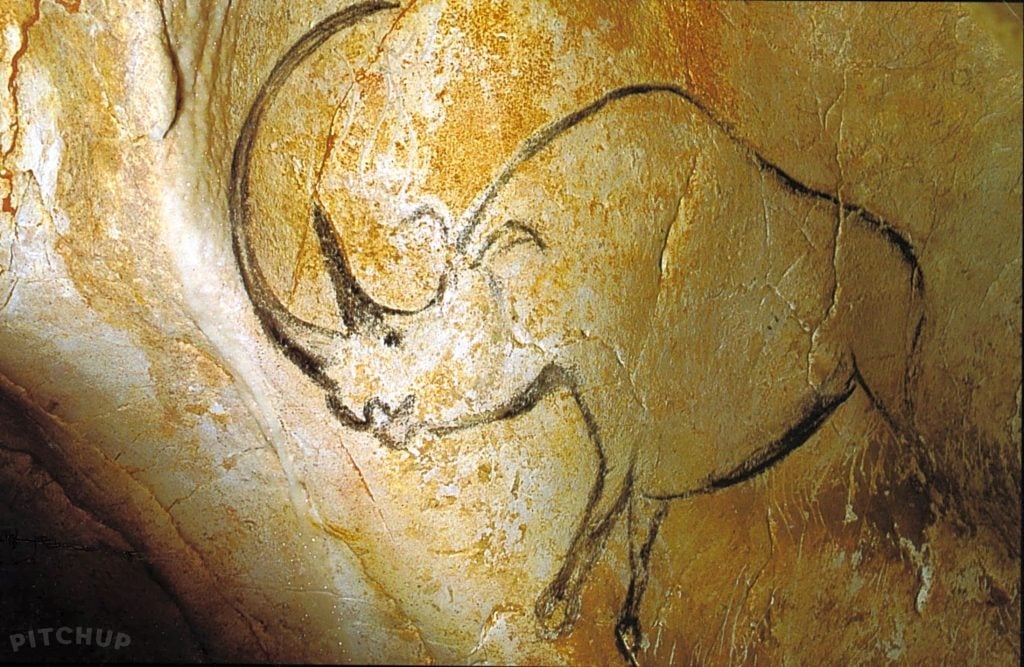Art World
Europe’s Earliest Cave Drawings Become UNESCO World Heritage Site


Artnet News

A cave in France’s Ardeche region has been granted the World Heritage Status at a UNESCO meeting in Doha, Qatar, Agence France Presse reports.
The Grotte Chauvet was discovered in 1994, and contains over 1,000 drawings dating from 36,000 years ago—twice as old as the pictures in the celebrated Lascaux Cave. The site is believed to be the first occurrence of a cultural act in Europe.
The cave was left untouched for a staggering 24,000 years. Inside, drawings of animals, including rhinos, bisons, and wild cats adorn the 800 meter-long galleries, located 25 meters underground.
Scientists believe that the cave wasn’t permanently occupied by humans, and was instead used “for shamanist ritual practices.”
Only 200 researchers are allowed to visit the site every year. A full-size replica is currently being built, and is scheduled to open next year.
France’s culture minister Aurélie Filippetti described the Grotte Chauvet as a “major site for humanity.”